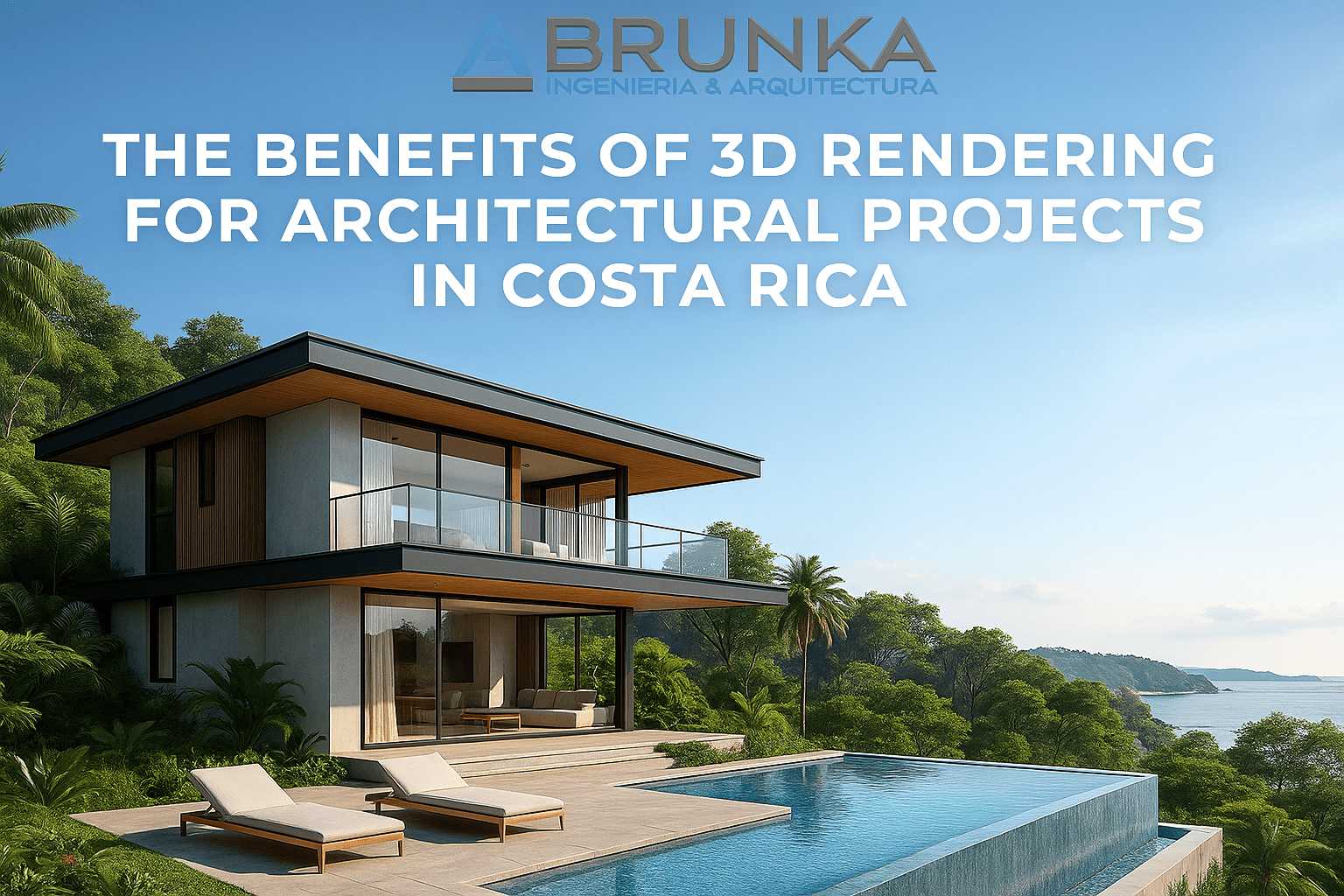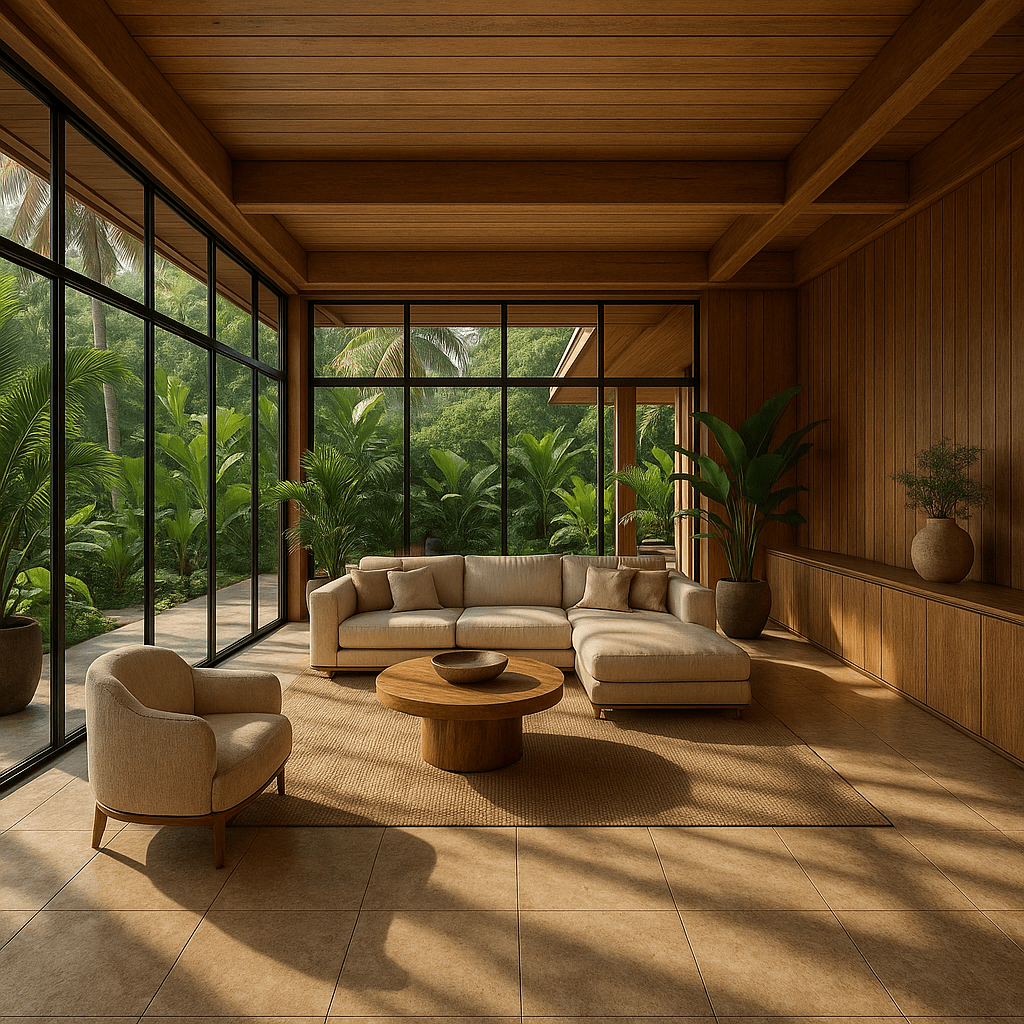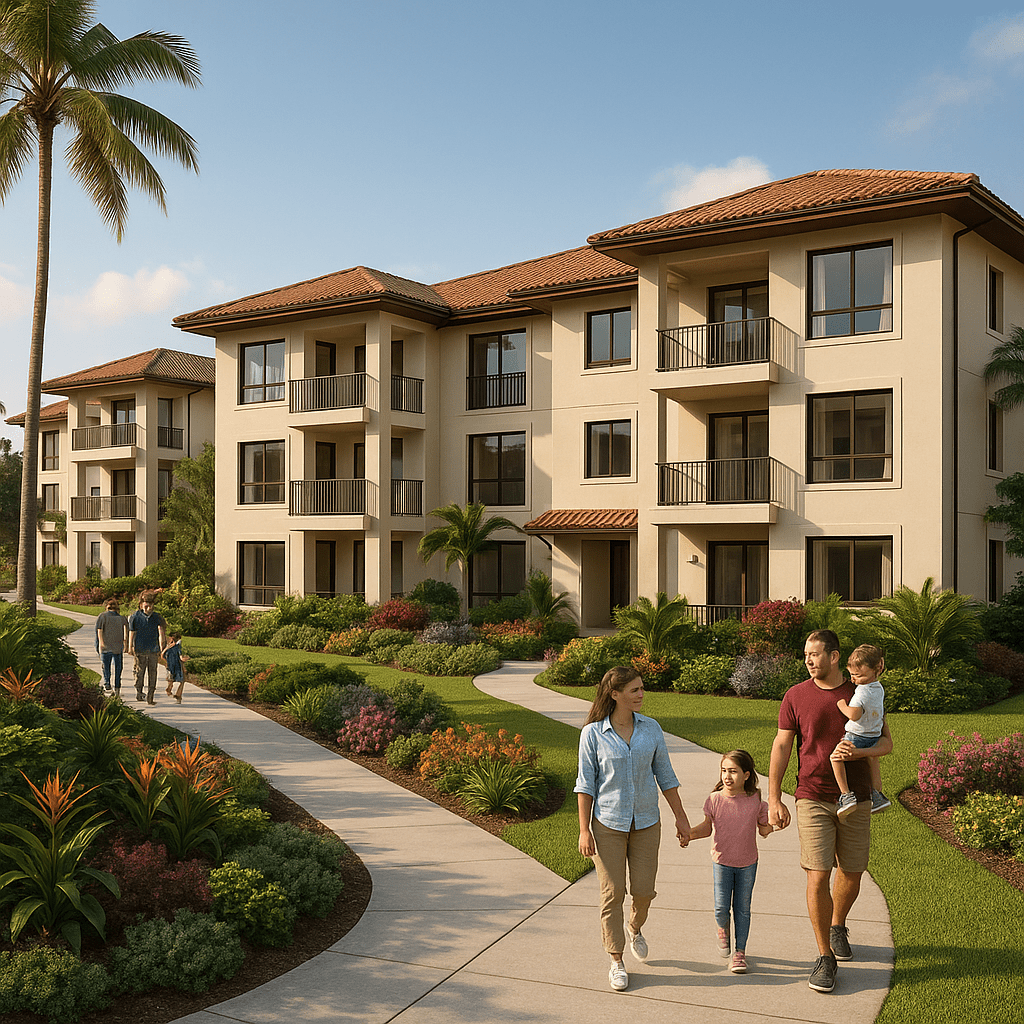
The Benefits of 3D Rendering for Architectural Projects in Costa Rica
Summary
- 3D rendering is transforming how Costa Rican architects, developers, and clients visualize projects.
- It reduces costly mistakes by showing designs in lifelike detail before construction begins.
- Clients can explore realistic interior and exterior walkthroughs, improving decision-making.
- Developers are using renders for marketing to sell units before breaking ground.
- Sustainable design is easier to test with 3D visuals that simulate lighting, airflow, and materials.
Why 3D Rendering Matters in Costa Rica’s Architectural Landscape
Over the last decade, I’ve seen Costa Rica’s real estate and architectural projects shift from traditional sketches and 2D plans to immersive 3D renderings. The difference is night and day. What once required a leap of imagination is now displayed with photographic realism.
In 2025, clients don’t want to guess what their new home or investment property will look like — they want to see it. That’s where 3D architectural rendering comes in. It allows architects, engineers, and developers in Costa Rica to present designs that feel real, minimizing risks and accelerating approvals.
It’s not just about pretty pictures. It’s about smarter decision-making, faster sales, and fewer expensive changes mid-construction.
Visualizing Projects Before Construction
One of the biggest pain points in architecture is miscommunication between architect and client.
3D rendering eliminates that gap.
Instead of trying to interpret flat floor plans, clients can virtually “walk through” their future property. Whether it’s a luxury villa in Guanacaste or a commercial plaza in San José, 3D renders showcase every angle in detail.
Real Result: A developer in Tamarindo used high-quality exterior renderings to pre-sell 70% of condominium units before breaking ground. Buyers were able to visualize ocean views, landscaping, and finishes, boosting confidence in the project.If you’re preparing to build, our architectural design services in Costa Rica include detailed 3D visualization that ensures you approve every detail before construction begins.

Reducing Errors and Costly Revisions
Construction errors are expensive, often adding 20–30% more to project costs if discovered late. With 3D rendering, these mistakes are caught in the design phase.
For example, awkward room layouts, poor natural lighting, or mismatched materials can be identified and fixed digitally — not after pouring concrete.
Strategy: Architects in Costa Rica now use renderings to simulate real-world conditions. By modeling the direction of sunlight in Heredia or airflow in coastal homes, design flaws are solved long before construction teams arrive on-site.
This proactive approach saves both money and stress.
Marketing and Sales Advantage
For developers, 3D rendering is more than a design tool — it’s a sales engine.
Instead of flat brochures, marketing teams showcase photorealistic visuals, 360° tours, and even drone-simulated neighborhood views.
- Pre-sales campaigns for condos in Escazú have leveraged renderings to secure financing and attract investors.
- Vacation rental investors in Nosara used interior renders to market luxury villas on platforms like Airbnb before construction was complete.
External Validation: According to Search Engine Journal, high-quality visuals can improve engagement rates and conversions by over 30%. This makes 3D rendering not just a design asset, but also a powerful digital marketing tool.

Enhancing Client-Architect Communication
A recurring challenge in Costa Rica is aligning client expectations with architectural feasibility. Clients often want “Pura Vida” tropical aesthetics but with modern efficiency.
With 3D rendering, architects can present multiple design options side-by-side:
- A beachfront villa with natural bamboo finishes vs. polished concrete.
- Different roof angles tested against tropical rain simulations.
- Furniture layouts that reflect both aesthetics and functional flow.
Real Result: In a Santa Ana residential project, 3D rendering helped a family choose the best orientation for their home, balancing mountain views with passive cooling — something that was nearly impossible to convey in 2D plans.
This transparency builds trust, reduces disputes, and keeps projects moving smoothly.
Supporting Sustainable Design
Costa Rica leads the region in sustainability, and architecture here reflects that commitment.
3D rendering supports eco-friendly design by simulating:
- Daylight analysis → how natural light interacts with interiors.
- Energy efficiency → testing materials that reduce heat gain.
- Landscaping integration → visualizing how native plants fit into the site plan.
Strategy in Action: A San José office complex used renderings to optimize window glazing and shading structures. The result: a projected 25% reduction in energy consumption, verified before the first brick was laid.
This kind of planning aligns with World Green Building Council standards and ensures Costa Rican projects remain both innovative and environmentally responsible.
Faster Approvals and Permit Processes
Municipalities and regulatory bodies in Costa Rica often require detailed project documentation. When accompanied by 3D renderings, proposals are clearer, making approval smoother.
- Officials can instantly visualize scale and compliance with zoning rules.
- Environmental agencies better understand how projects impact surrounding ecosystems.
For a step-by-step overview, see our guide to building permits in Costa Rica. Using 3D renderings in submissions can significantly speed up the review process.
Interior Design Visualization
It’s not just exteriors that benefit. Interior designers in Costa Rica are leveraging 3D renders to:
- Show how furniture fits into layouts.
- Experiment with color palettes.
- Compare material finishes like stone, wood, or concrete.
For homeowners, this means no costly surprises. You see the kitchen, bathrooms, and living spaces exactly as they will appear before ordering a single tile.
Virtual and Augmented Reality in Costa Rica
The future of 3D rendering goes beyond static images. Many Costa Rican firms now offer VR and AR tours.
- With VR headsets, clients can virtually walk through projects at full scale.
- With AR apps, clients can overlay a 3D model of their future home on an empty plot of land.
This immersive experience elevates both confidence and excitement, especially for international buyers investing remotely in Costa Rican properties.
Conclusion: Building Smarter with 3D Rendering
3D rendering has become an essential tool for modern architecture in Costa Rica. It bridges the gap between vision and reality, reduces risks, enhances communication, and drives marketing success.
From boutique villas to large-scale urban developments, this technology is helping architects, developers, and homeowners build with confidence.
If you’re considering a project, explore Architect Engineer to see how our 3D rendering services can bring your vision to life — long before construction begins.
FAQ Section
Q1: How much does 3D rendering cost in Costa Rica?
A: Costs vary by project size and complexity. Basic renders start from a few hundred dollars, while detailed walkthroughs and VR experiences can cost more.
Q2: Can 3D rendering speed up the permit process?
A: Yes. Clear, realistic visuals help municipalities and agencies understand the project better, often reducing approval time.
Q3: Do developers really sell units using only 3D renders?
A: Absolutely. Many Costa Rican developments pre-sell 50–70% of units using renders, securing financing before construction.
Q4: Is 3D rendering only for luxury projects?
A: No. While luxury projects lead adoption, 3D rendering is increasingly used in mid-range residential and commercial developments to save costs and reduce errors.
Q5: What’s the difference between 3D rendering and VR/AR tours?
A: Rendering produces static or animated visuals. VR/AR adds immersive interaction, allowing clients to “walk through” designs in real time.



